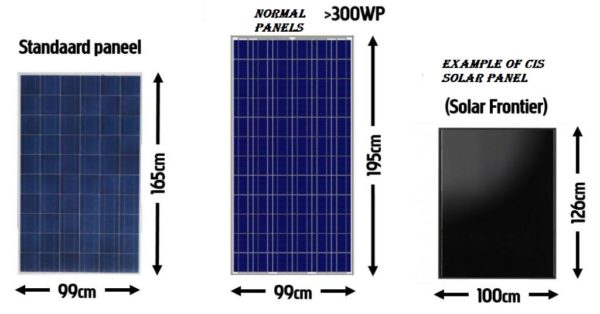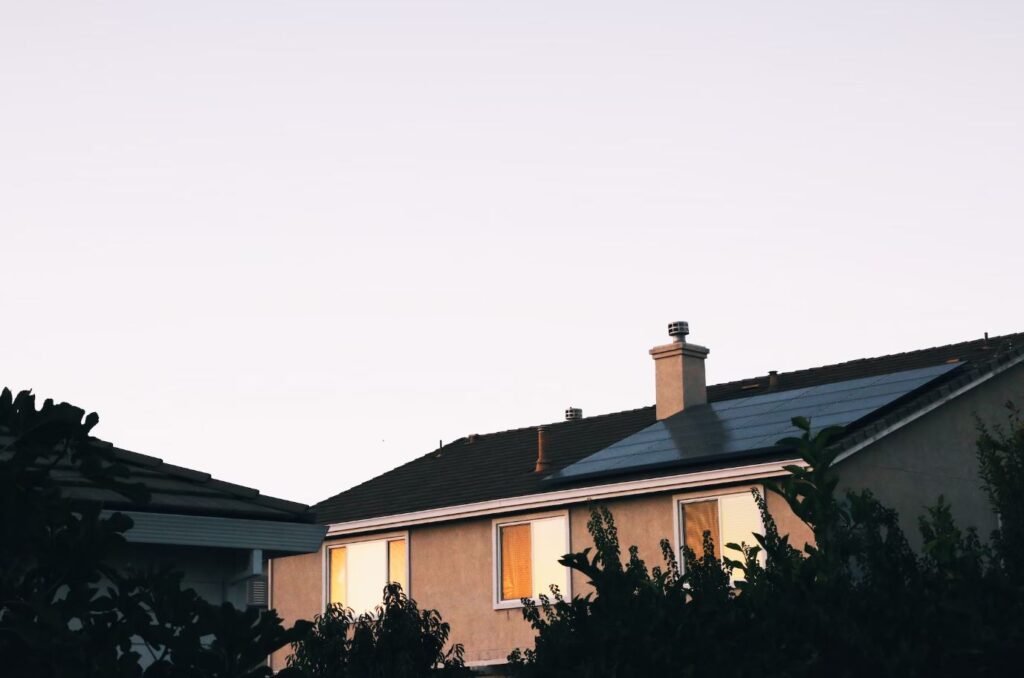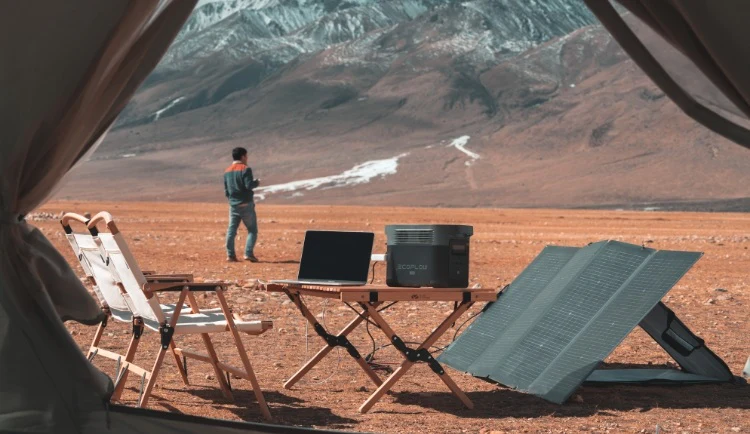There are two common configurations of conventional solar panels, 60 solar cells and 72 solar cells . Depending on this, their dimensions are:
Photovoltaic module of 60 solar cells: 1,635 square meters (1.65 meters x 0.991 meters)
Photovoltaic module of 72 solar cells: 1,938 square meters (1,956 meters x 0.991 meters)

Note: Larger and more efficient photovoltaic modules are currently available on the market. In this article, a photovoltaic module with only 60 solar cells and a photovoltaic module with 72 solar cells are used as examples.
When you decide to install photovoltaic systems, one of the first questions people ask is,“Where should I install the system?” Solar panels take up a significant amount of space and not every roof has enough room to accommodate them.
This article will cover standard solar panel sizes and explain how to determine how many solar panels you need for your photovoltaic system. The photovoltaic capacity can then be calculated to estimate annual energy production and revenue.
Solar cells are the smallest unit of photoelectric conversion and are usually used with dimensions of 156mm x 156mm. The operating voltage of solar cells is about 0.5V and generally cannot be used alone. After solar cells are packaged in series and parallel, they become photovoltaic modules.
A single solar cell is 156mm x 156mm square. A panel of 60 solar cells consists of a 6 × 10 grid pattern. A panel of 72 solar cells consists of a 6 × 12 grid pattern and is approximately 3-4 centimeters high.
Note: The commonly used solar cell sizes currently on the market include 166, 182, 210 and other specifications.
How many solar panels can I place on my roof?

At present, high power solar panels such as 490W, 535W, 550W are generally used in the domestic photovoltaic market.
The use of high-power solar panels on limited roof space improves utilization efficiency and increases energy production revenue per unit area.
The available area of your roof determines the maximum capacity of a photovoltaic power plant you can install. Based on the available photovoltaic module power, a 1KW installation requires approximately 8 square meters of space;
If you want to install a 15KW photovoltaic power plant, approximately 100 square meters of roof space will be required.
If we want to build a 15KW household photovoltaic power plant, the use of high power solar panels and low power solar panels can be as follows:
15000W/490W ≈ 30 pieces
15000W/330W ≈ 45 pieces
Below we will compare the roof area covered by the photovoltaic array between low power solar panels (330W) and high power solar panels (490W):
330W solar panel size: 1855*1092*40mm
490W solar panel size: 2187*1102*35mm
In general, a standard domestic solar system covers 100-200 square meters of roof space. The system can be installed on your roof or on a ground bracket elsewhere on your property (such as a bungalow or caravan). The exact size will depend on the wattage of the solar panel and the array layout.
How many volts output does a portable solar panel have?

If you purchase a boat or motorhome in the future, choosing a suitable solar panel will significantly extend your fun time. While some standard-sized solar panels are installed on individual vehicles or vessels, most vehicles and vessels do not have the space to install them, so smaller solar panels are needed to accommodate. Typically, these smaller solar panels have a standard 12 volt or 24 volt output.
What is the weight of the solar panel?
Besides the size of solar panels, people often ask about the weight of solar panels. Solar panels can be heavy and lifting them onto the roof can be a challenge, especially when working alone. Based on experience, the weight of solar panels usually ranges from 18 to 35 KG.